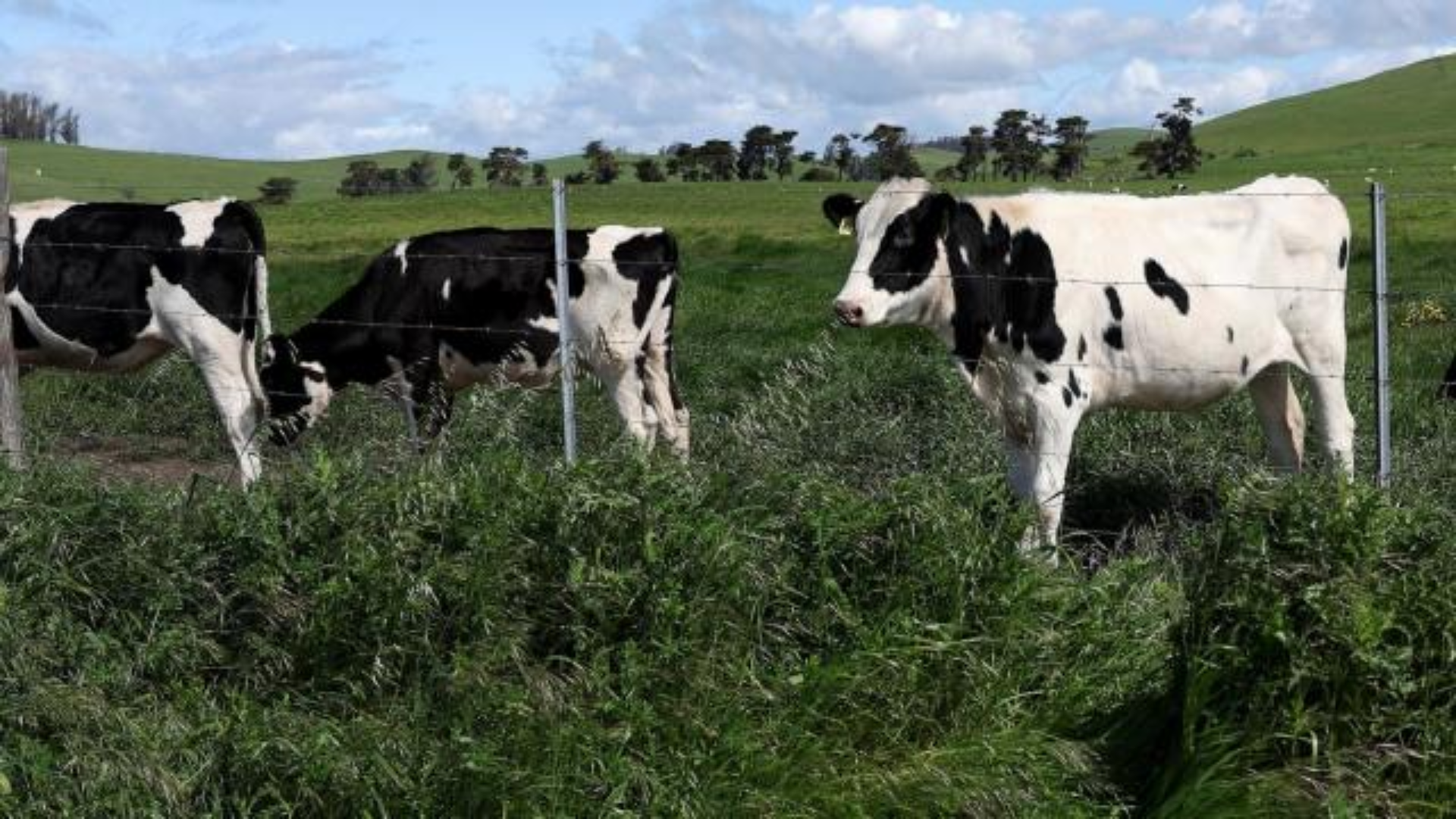Researchers have been working towards the development of new mRNA vaccines in order to have a new approach to combat the bird flu outbreak in the U.S. dairy cows, whic will be reminiscent of the groundbreaking COVID-19 shots. Amid rising concerns over the spread of avian influenza, efforts are underway to test these innovative vaccines in both animals and humans.
Next month, the U.S. Department of Agriculture (USDA) is set to initiate trials of a vaccine crafted by researchers at the University of Pennsylvania. The experimental vaccine will be administered to calves in a bid to ascertain its efficacy. The underlying concept is intriguing: by immunizing cows, a protective shield may extend to dairy workers, potentially reducing the transmission risk to humans and thwarting potential mutations that could facilitate human-to-human transmission.
Simultaneously, discussions within the U.S. Department of Health and Human Services are underway with manufacturers regarding the development of mRNA flu vaccines for humans. These vaccines could serve as a supplementary measure to bolster the existing stockpile of bird flu vaccines already in governmental possession.
“If there’s a pandemic, there’s going to be a huge demand for vaccine,” said Richard Webby, a flu researcher at St. Jude Children’s Research Hospital in Memphis emphasized the necessity for diverse vaccine manufacturing platforms to address the burgeoning demand during a pandemic scenario. “The more different (vaccine manufacturing) platforms that can respond to that, the better.” The advent of mRNA technology presents a promising avenue for swift vaccine deployment and adaptation to evolving viral strains.
Since 2020, the bird flu virus has been spreading across numerous animal species in numerous countries. In March, it was detected in U.S. dairy herds, with indications suggesting its presence since December. Recently, the USDA announced the virus’s identification in alpacas for the first time. Although three individuals, all farm workers with infected cows, have been diagnosed with bird flu, their illnesses were relatively mild.
Despite the current mildness, previous iterations of the H5N1 flu virus have exhibited high lethality in humans elsewhere in the world. Consequently, authorities are proactively preparing for potential mutations that could heighten the virus’s virulence or enhance human-to-human transmission.
Also read: World Milk Day 2024: Is Your Milk a Hidden Health Hazard?
Traditionally, flu vaccines have been manufactured via an egg-based process spanning over seven decades. However, the vulnerability of eggs to supply constraints prompted exploration into alternative production methods, including cell-based manufacturing.
Currently, two candidate vaccines for humans, closely matched to the bird flu virus in U.S. dairy herds, are available. The Centers for Disease Control and Prevention (CDC) employed the circulating bird flu virus as the seed strain for these vaccines, with hundreds of thousands of doses ready for deployment and additional bulk antigen capable of generating millions more doses.
Acknowledging the time-intensive nature of flu vaccine production, authorities are exploring the expedited mRNA technology pioneered by companies like Moderna and Pfizer. These vaccines utilize a segment of genetic material from the virus to instruct the body in protein production, thereby bolstering immunity.
Moderna has already commenced human testing of a bird flu mRNA vaccine, while Pfizer’s experimental vaccine demonstrated promising results in early laboratory experiments. Additionally, University of Pennsylvania researchers, led by immunologist Scott Hensley, collaborated with mRNA pioneer Drew Weissman to develop an mRNA vaccine for cows, showing remarkable success in initial animal trials. He spearheaded the development of an experimental mRNA vaccine for cows. Initial testing in mice and ferrets has demonstrated robust antibody production and enhanced survival rates post-infection. The forthcoming study involving calves aims to validate these findings on a larger scale and determine the vaccine’s efficacy in reducing viral transmission.
Hensley highlighted the critical role of vaccination in mitigating human risk, stating, “What scares me the most is the amount of interaction between cattle and humans.” By reducing viral load in cows, vaccines could significantly diminish the likelihood of mutant viruses emerging and spreading among humans.
The forthcoming USDA study will assess the vaccine’s efficacy in calves, potentially paving the way for a paradigm shift in combating avian influenza. With the prospect of reducing virus transmission between cattle and humans, these innovative vaccines represent a pivotal step in safeguarding public health and mitigating the risks posed by emerging infectious diseases.


















